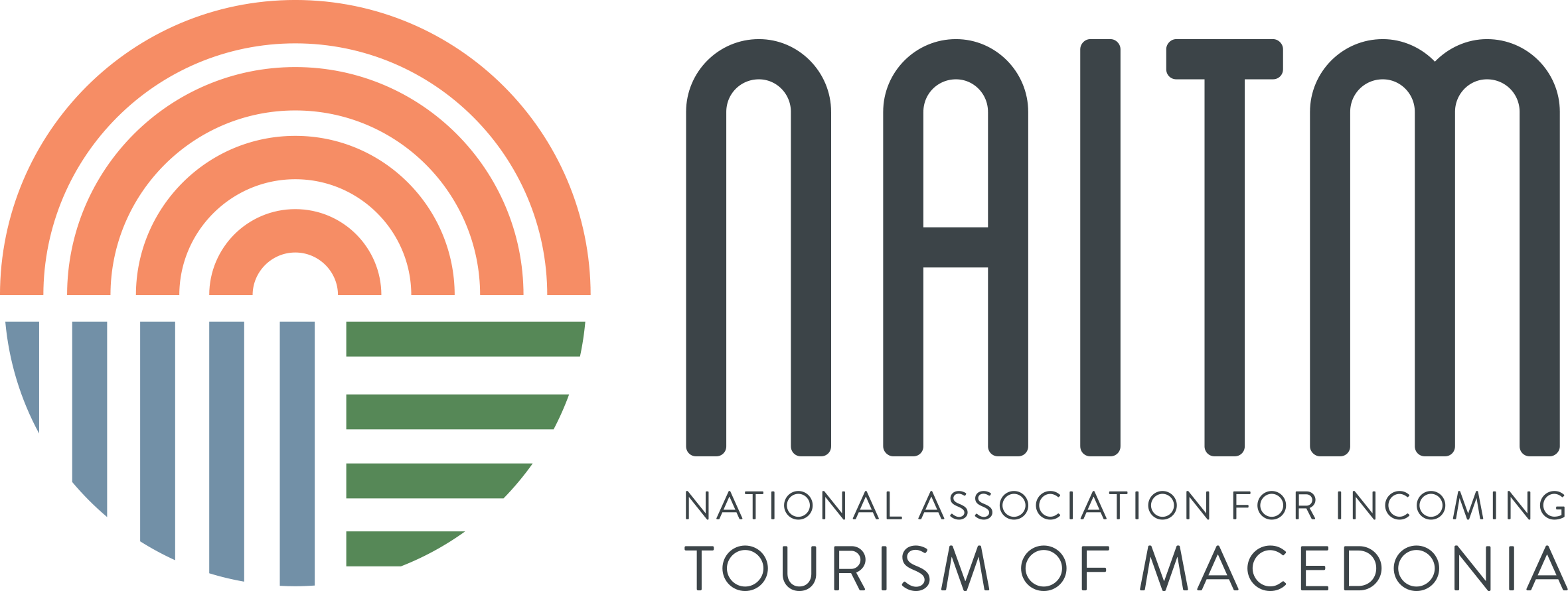History: there are numerous traces of Paleolithic man throughout the region. The first organized settlements date back to the Bronze Age. In this period the Minoan civilization (2,800-1,500 BC) and the Mycenean civilization (1,500-1,200 BC) appeared. After the birth of the city-state, there were the dictatorships of the VI and V centuries followed by a period of Athenian supremacy over Greece. In 404 BC, with its defeat in the Peloponnesian War, Athens lost the control of the country to the Macedonian Kingdom, which reached its zenith with Filippo II and his son Alexander the Great. In 146 BC, Greece became a Roman protectorate. The Roman rule was a period of great cultural, economic and demographic growth. In the V century AD, the whole region was sacked by the barbarians. In 1453, the fall of Constantinople was the beginning of the Ottoman period. The independence of Greece from the Ottoman Empire was declared in 1821, but the Turks left the country only after defeat in the Navarino battle by the Western Powers. In 1832, with the support of France, England and Russia, Otto of Bavaria was elected as the first King of modern Greece. In 1862 he was deposed by a coup d’etat. The following kings were the Danish George I who conquered Thessaly and part of Epirus, his son Constantine and George II. At the end of WWI the Greek troops invaded Turkey as far as Ankara. In 1921, the Turkish army led by Gen. Ataturk, regained the whole area. The Greeks who lived in Turkey were deported or killed. The following years were characterized by great economic development: roads, railways and the Corinth Canal were built and Pireus became one of the most important ports in the Mediterranean. In 1928 a coup d’etat decleared a Republic. The so called “period of the generals” began with Gen. Ioannis Metaxas in 1933. The postwar era was characterized by a great economic crisis and political instability, which led to the Papadopoulos dictatorship based on terror; thousands of Greeks were imprisoned and tortured and the population was under strict police control. In 1973 Papadopulos was overthrown by Ioannidis. Karamanlis come back to Greece and won the political elections in 1974 and 1977. Greece became a European Union member in 1981.



